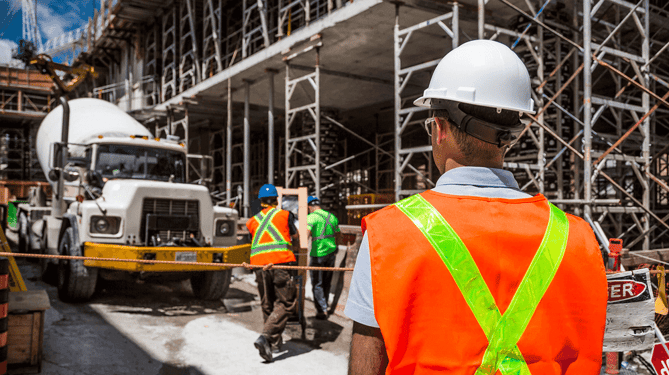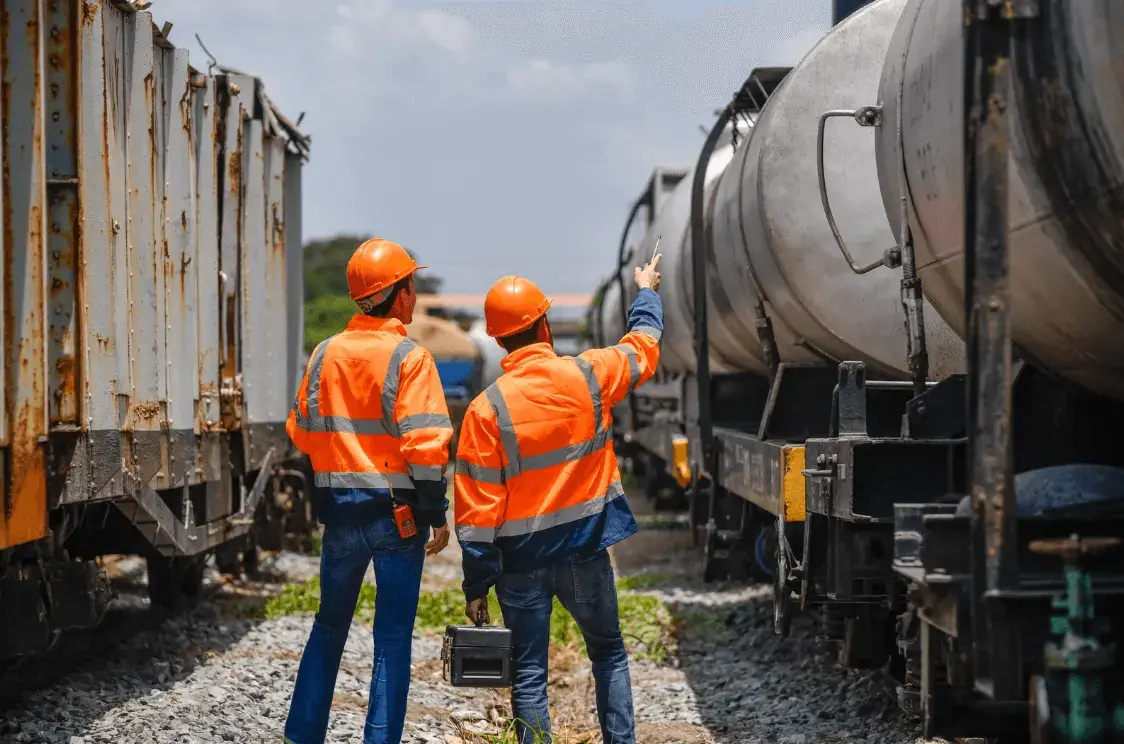Incident Investigation Team - Initial Actions

Incident Investigation Team - Initial Actions
-
Before commencing the formal investigation process steps, the Investigation Team has a variety of issues to consider and plan to ensure that the investigation runs smoothly.
-
These include logistical arrangements, the scope of the investigation, authorisation to enter the site or incident scene, and the well-being of the Investigation Team Members.

Common Challenges
Some of the common challenges we often find our clients have in relation to the Investigation initial actions include:
-
The Scope of Investigation / Terms of Reference are not established and clearly understood by relevant parties including the specific requirements of incident investigations conducted under Legal Professional Privilege (LPP).
-
Required logistics are not identified, including transport, equipment, a secure, lockable room for working in and storing data / evidence, administrative support, relevant subject matter experts on the operation / plant, etc., are not arranged in a timely manner.
-
No risk assessment is performed or questions asked to clarify if it is safe to enter an incident site.
-
Incident sites are entered without relevant authorisation.
-
Handover of photographs, data collected, or pertinent facts is not obtained upon commencement of the investigation.
-
An overview of operations and the known sequence of events is not obtained.
-
Incident scenes not adequately recorded prior to clean-up / recovery / resumption of normal operations (photos / videos, measurements, etc.).
-
Document control and management are not organised.
-
The category/level of incident is not classified appropriately or re-assessed as need be.
-
Interim controls are not implemented to guard against recurrence pending the findings and implementation of recommendations to reduce risk and prevent a recurrence

Best Practice Tips
Some very simple tips and actions can assist in mitigating the challenges, including:-
Arrange a briefing upon arrival to obtain factual data known so far, collect evidence that may have been collected, arrange logistics/resources, and clarify the scope of the investigation.
-
Ensure that the authorisation has been obtained and the scene is safe before entering the area to conduct examinations, record measurements, take photographs, etc.
-
Determine what the scene looked like at the time of the incident - clarify if anything has been moved or changed.
-
Take plenty of photographs in-situ (close-ups, far-off shots, all angles).
-
Draw up mud maps/sketches of key components, locations, materials, plants, operator positions, etc.
-
Assess/confirm the category/level of the incident (and re-assess as more information is obtained).
-
Let the evidence “tell the story” – do not pre-judge or reach early conclusions.
-
With appropriate operational/subject matter expertise input consider if interim controls should be put in place pending the final recommendations.

From the blog
For more relevant articles, see below



